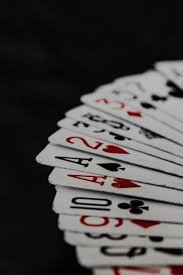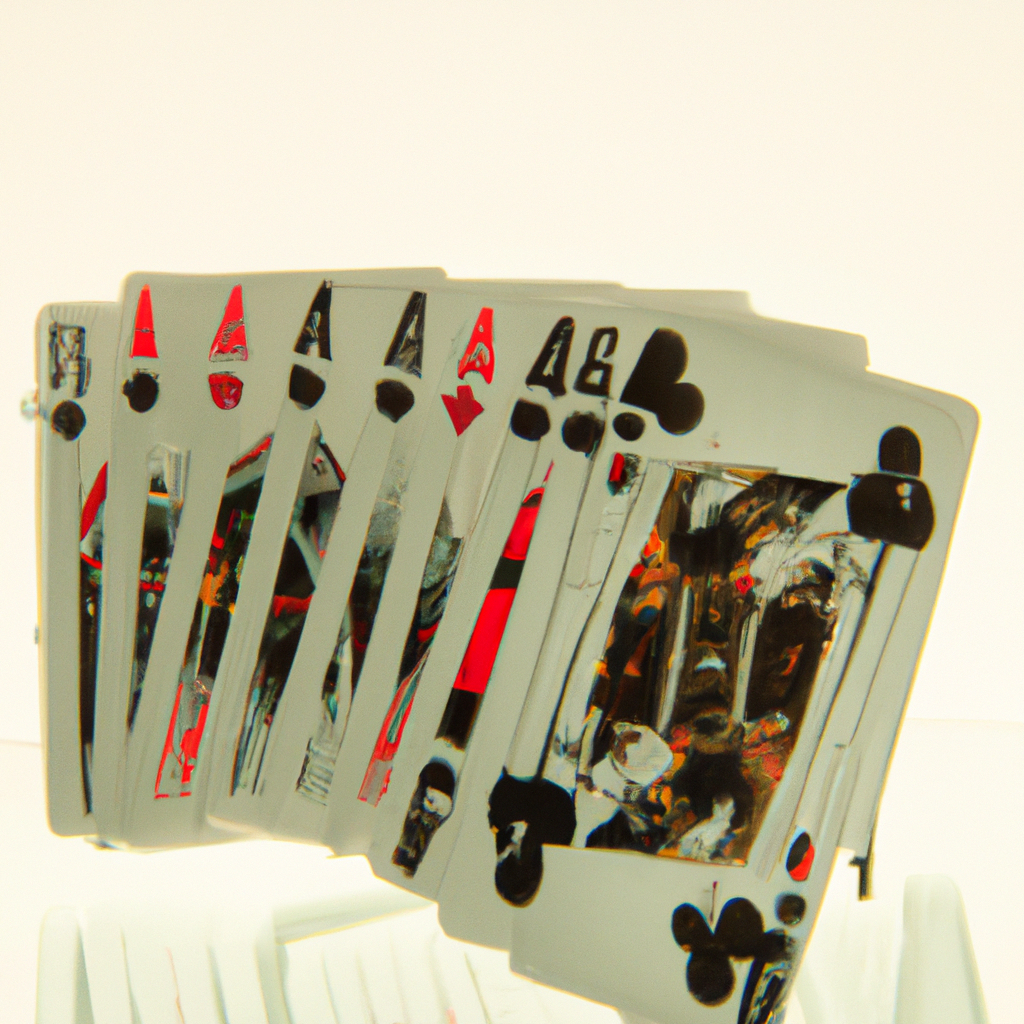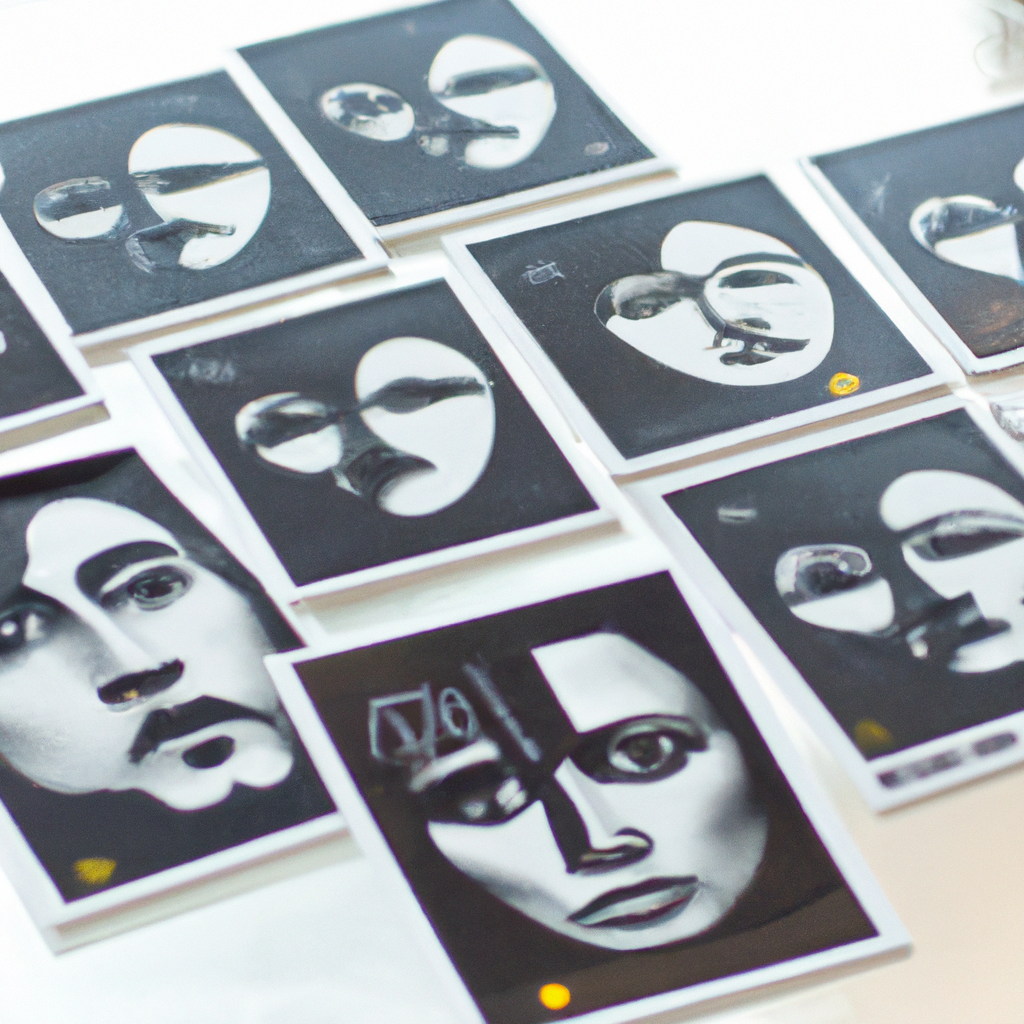Have you ever wondered how many cards are in a standard deck of playing cards? The answer is 52. These cards are divided into four suits (hearts, diamonds, clubs, and spades), each containing 13 cards ranging from Ace to King. This consistent structure is the foundation for countless card games enjoyed worldwide, from poker and blackjack to solitaire and bridge.
What Makes Up a Standard Deck of Cards?
A standard deck consists of:
- Four Suits:
- Hearts (♥): Red
- Diamonds (♦): Red
- Clubs (♣): Black
- Spades (♠): Black
- Thirteen Cards per Suit:
- Ace: Can be high or low, depending on the game.
- Number Cards: 2 through 10.
- Face Cards: Jack, Queen, King.
The Four Suits: Hearts, Diamonds, Clubs, and Spades
The four suits in a deck of cards have a rich history and symbolism. While their meanings can vary slightly, here’s a common interpretation:
- Hearts: Often associated with love, emotions, and relationships.
- Diamonds: Symbolize wealth, prosperity, and material possessions.
- Clubs: Represent knowledge, learning, and personal growth.
- Spades: Can signify power, ambition, and challenges to overcome.
Ace to King: Understanding Card Values
Within each suit, the cards are ranked by value:
- Ace: Can function as either the highest or lowest card.
- 2, 3, 4, 5, 6, 7, 8, 9, 10: Their values correspond to their numbers.
- Jack: Worth 11 points in some games.
- Queen: Worth 12 points in some games.
- King: The highest-ranking face card, worth 13 points in some games.
Why 52 Cards? The Impact on Card Games
The fixed number of 52 cards in a standard deck creates the framework for the rules, strategies, and probabilities found in card games. Here’s how:
- Probability: The 52-card structure allows for precise calculations of the odds of drawing certain cards or combinations.
- Game Mechanics: Many games rely on the specific number of cards to determine hand sizes, dealing patterns, and scoring.
- Strategy: Skilled players use their knowledge of the deck’s composition to make informed decisions and outmaneuver their opponents.
Beyond the Standard Deck
While the 52-card deck is the most common, variations exist:
- Jokers: Some decks include Jokers, which are wild cards that can represent any other card.
- Specialty Decks: Certain games use custom decks with different numbers of cards or unique suits.
The Enduring Appeal of Playing Cards
The standard deck of 52 playing cards has stood the test of time, providing endless entertainment and challenge. Whether you’re a casual player or a card shark, understanding the deck’s structure is key to mastering your favorite games. So, the next time you shuffle a deck, appreciate the intricate history and design behind those 52 cards.




